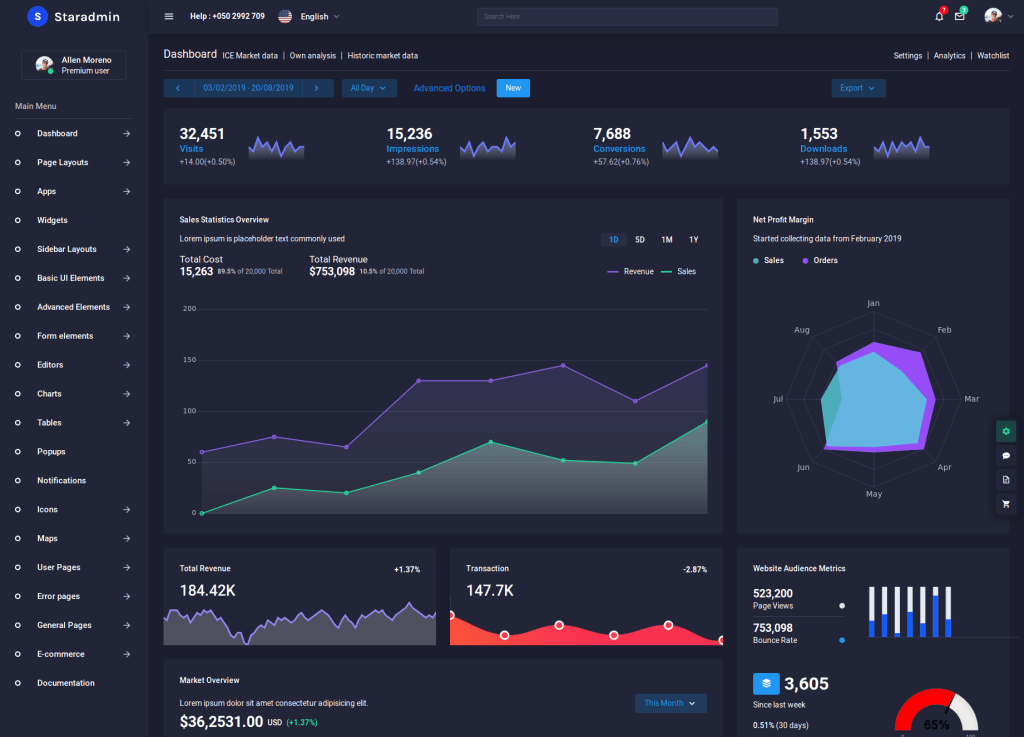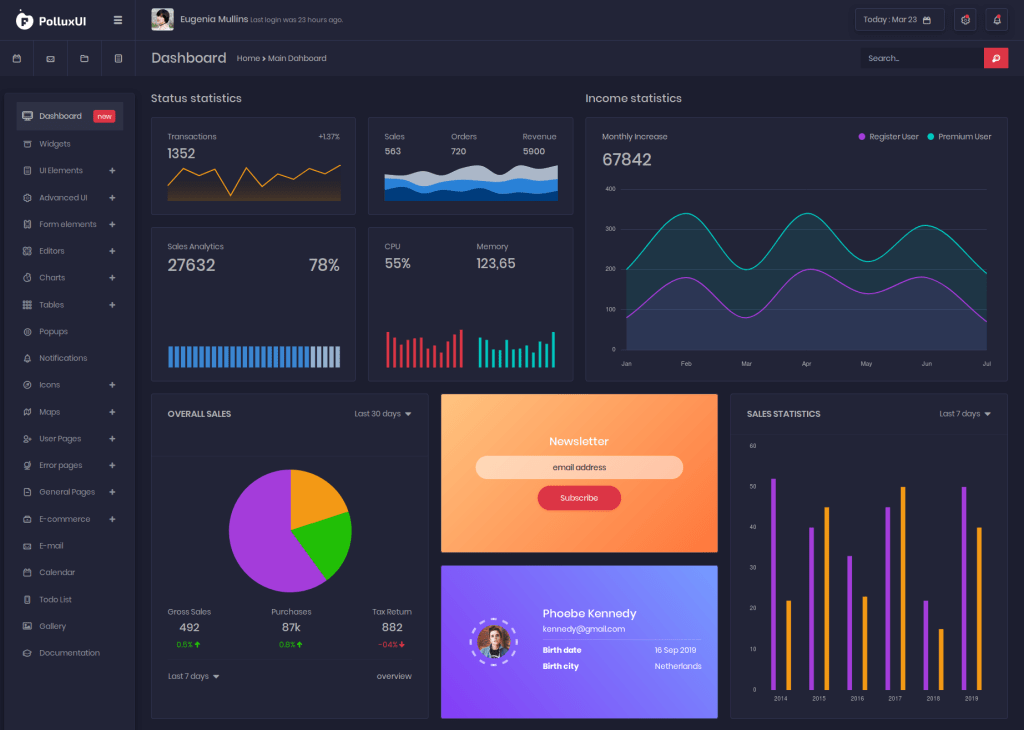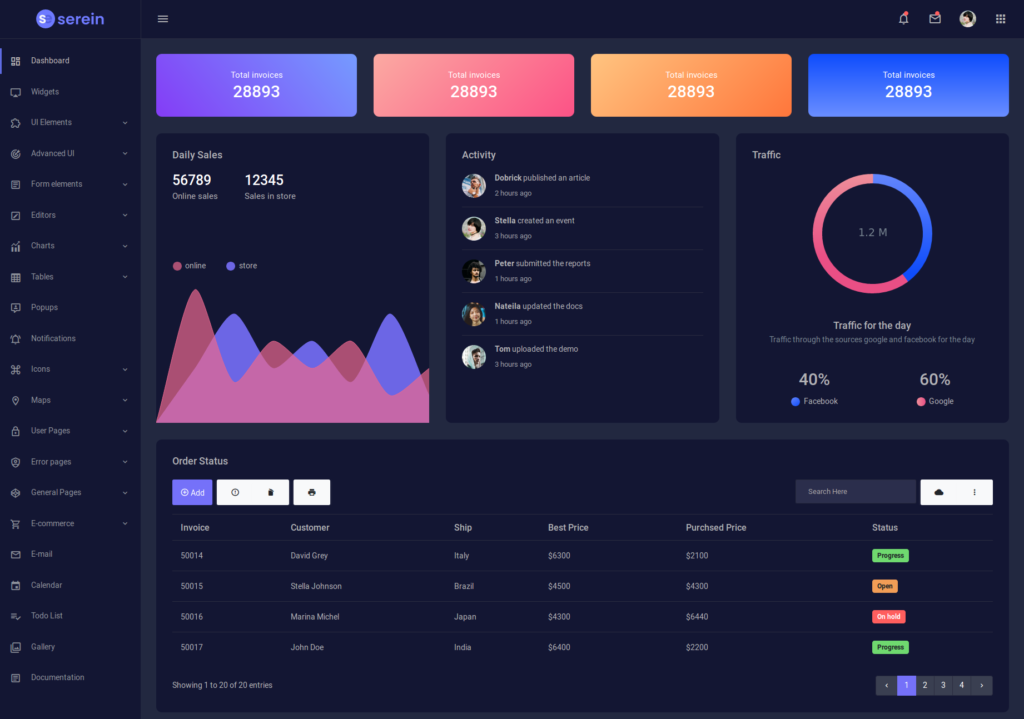Fennaio only advocates the use of Biometric Recognition AI software when used ethically and within all appropriate human rights, privacy and other relevant laws within your jurisdiction



[*images maybe holding images until release date]
We are specialists in the practical application of Artificial Intelligence including Biometric Recognition AI, Machine Learning, Deep Learning and Data Science Software used within Telecommunications processes and operations
AI Biometric Recognition is an advanced form of AI Recognition, combining several AI technology's to respond to different biometric profiles.
The power of biometric recognition
Being able to automatically recognise biometric profiles (faces, bodies, vocals, retinas, fingerprints. macromolecular components etc) within images, videos, recordings and samples is an extremely powerful tool in a wide range of businesses, operations, tasks and processes.
By learning from known and highly variable biometric data including all the highly variable and unpredictable biometric attributes; biometric recognition becomes more insightful, more meaningful, more accurate and much more beneficial when used for tasks and processes like: e.g. specific person recognition, biometric classification, automatic and rapid biometric-based diagnosis, anomaly detection, computer vision, self-driving vehicles, behavioural analysis, threat assessment, robotics, security, investigations, and responding to biometric changes in any type of environment, amongst many more cases.
The accuracy of biometric recognition and profiling is directly proportional to what is already known about certain biometric characteristics: the more past biometric data to learn from the more accurate and informed we can conduct future biometric recognition.
Artificial Intelligence makes automatic biomteric recognition highly dynamic and incredibly accurate
Learning from past biometric data in order to recognise the same specific or type of biometric profile in the future might sound straightforward for a human - the human brain does this subconsciously on a day to day basis, and it can be easily carried out in a lab - but making this process automatic and asking a machine to do this is extremely complex and demanding, mainly due to the huge amount of variability involved.
If a traditional software programming approach was used, the computer would continually be asking "if this, then learn that; if x and y, learn z". This stepwise methodology is extremely tedious, limited, inefficient and resource-heavy as the program will only do what it has explicitly been told to look for by the programmer; making it next to impossible to account for all possibilities and variations, even in the simplest of biometric demands. You certainly couldn't use this approach for complex and diverse biometric scenarios.
With AI and Machine Learning technology it is now possible to learn from near infinite amounts of variable, constantly changing biometric data in order to carry out much more accurate and rapid biometric profiling and recognition, automatically.
ELDR-I Biometrics is a powerful Deep Learning Biometric Recognition package that can accurately and rapidly help recognise unlimited biometric profiles based on variable past and complex biometric data it has learnt from.
ELDR-I Biometrics is built around our powerful ELDR-I AI Engine, which is a Deep Learning Convolutional Neural Network. ELDR-I Biometrics uses Supervised Learning and Data Classification to learn how to recognise all types of biometric profiles and types thrown at it, regardless of size, complexity and granular detail.
When ELDR-I Biometrics has learnt (trained) from the data, it is then primed to receive current-status biometric data from which to rapidly process - in order to give a response - and that response can range from a simple classification to a "yes/no" to triggering sophisticated downstream events.
ELDR-I Biometrics is highly dynamic, autonomous, configurable, graphical and easily integrated
Dynamic
ELDR-I Biometrics can handle and learn from multiple sources, sizes and complexities of biometric data for numerous environments and requirements simultaneously. Data can be changed at any time and it can continually learn.
Autonomous
By default ELDR-I Biometrics is plug and play - you can simply give it appropriately formatted image data and it will automatically learn from it, including self optimisation, self scaling and classification.
Configurable
In some cases you may be happy with plug and play, however almost everything in ELDR-I Biometrics is configurable; from labelling of data, to colours, displays, output format, learning modes, learning accuracy, all the way through to Convolutional Neural Network dynamics and dimensions.
Graphical
ELDR-I Biometrics uses a rich intuitive GUI Dashboard from which to manage the whole AI process (biometric data preparation, learning, outputting and testing), including a comprehensive suite of gamified charts and other visual displays to monitor everything.
Easily Integrated
AI Integration is our speciality. We understand that AI can be used in a variety of ways and in numerous system-types and processes. We build our software to be entirely modular and there are multiple integration methods and points ranging from network-based RESTful API integration to direct coupling at the code level, depending on the response time required, amongst other considerations.
Key points about our Biometric Recognition AI software
- Must be used within the boundaries of appropriate privacy, human rights and other relevant laws
- Can help recognise biometric data, types and profiles to a high degree of accuracy, after learning from past biometric data
- Can handle numerous data streams and outputs simultaneously
- Uses our powerful ELDR-I AI Deep Learning Convolutional Neural Network Engine
- Dynamic
- Autonomous
- Configurable
- Graphical
- Easily Integrated
Example areas where Fennaio can help with AI, Machine Learning and Deep Learning in the Telecommunications industry
AI can be used all over the Telecommunications industry, including these processes, operations and tasks:
- customer service
- customer journey mapping
- customer response
- predictive maintenance
- network optimisation
- anomaly detection
- behavioural profiling
- data analysis
- modelling
- automatic replies
- targeted communications
- diagnostics
- rapid response
- emergency communications
- call prioritisation
- secure communications
- big data insights
- surveillance
- staff performance
- training
- many more...